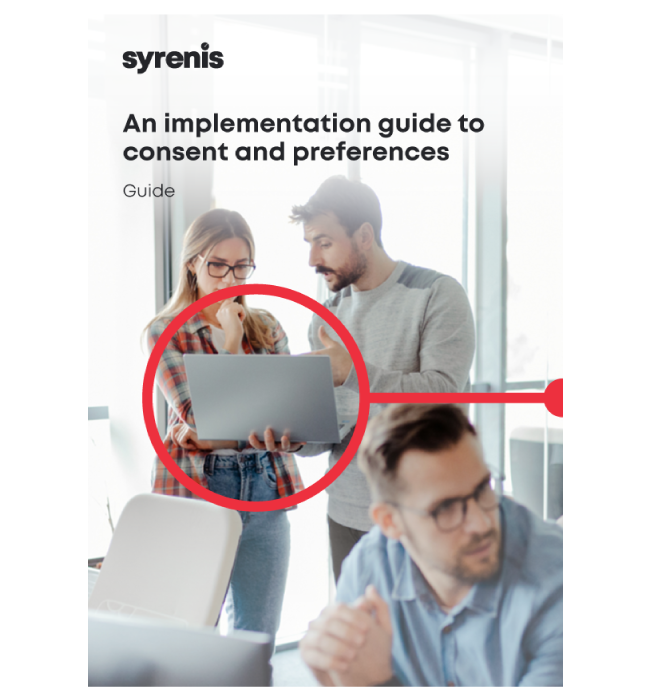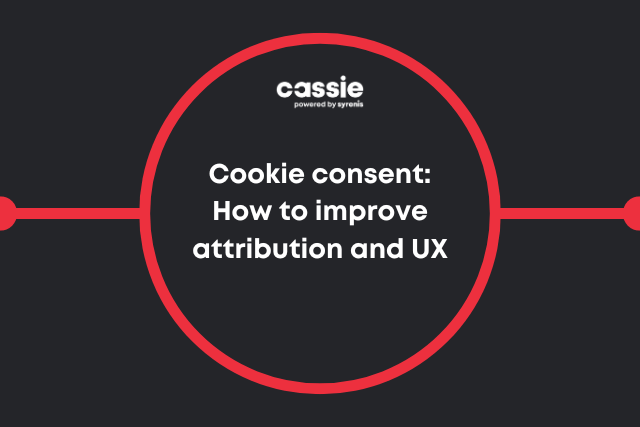With hyper-personalization and strict data privacy regulations converging, managing customer consent is no longer a back-office task for compliance teams but a strategic imperative for the entire business.
But what happens when you’re not even sure who the customer is?
How do you stitch together preferences with multiple potential profiles?
Which consent takes precedent when you have more than one input?
Welcome to the world of ambiguous identities, a challenge that sits at the intersection of IT architecture and marketing strategy.
Whether you’re building consent systems or designing customer journeys, understanding how to handle identity ambiguity is key to delivering compliant, personalized experiences at scale.
- What is an ambiguous identity?
- Why identity resolution matters
- Strategies for managing identity ambiguity
- Designing consent for flexibility
- Best practices for IT and Marketing teams
What is an ambiguous identity?
An ambiguous identity occurs when it’s unclear whether a consent action (like opting in or out) belongs to an existing user or a new one. This can happen for several reasons:
Shared identifiers: Multiple people using the same email address or phone number (e.g., family members).
Incomplete data: A user submits a form with only partial information.
Cross-channel interactions: A user engages anonymously on one channel and later identifies themselves on another.
Inconsistent identifiers: Different systems use different keys (e.g., customer ID vs. email vs. device ID).
Why identity resolution matters
Ambiguous identities aren’t just a technical nuisance—they have real-world consequences:
Regulatory risk: Misapplied consent can lead to non-compliance with GDPR, CCPA, and other regulations.
Customer trust: Sending marketing emails to someone who opted out (or never opted in) erodes brand credibility.
Data fragmentation: Inaccurate identity resolution leads to duplicate records and inconsistent personalization.
For IT teams, poor identity management creates a data integrity problem. For marketers, it risks sending the wrong message to the wrong person, damaging brand perception and user trust. That’s before you’ve even considered privacy law violations, causing fines and reputational damage.
Strategies for managing identity ambiguity
Here’s how leading organizations are tackling this challenge:
Use layered matching rules
Implement a rule-based matching engine that prioritizes identifiers by reliability. For example:
Rule 1: Match on customer ID
Rule 2: Match on email + name
Rule 3: Match on device ID
This allows you to confidently associate incoming consent data with the correct user—or create a new record when needed.
Leverage contextual metadata
Capture and store metadata like source system, timestamp, and channel. This helps disambiguate records and provides valuable audit trails.
Example: If two users share an email address but one consent came from a mobile app and the other from a web form, you can treat them as separate interactions.
Support multiple personas
Enable users to have multiple profiles (e.g., personal vs. work) under a single identity. This is especially useful in B2B or multi-account scenarios.
Marketing teams can then tailor messaging based on context, while IT ensures data is stored and queried correctly.
Implement confidence scoring
Assign a confidence score to each match. High-confidence matches can be automated, while low-confidence ones can be flagged for review or handled with fallback logic.
This balances automation with accuracy, which is critical in high-volume environments.
Designing consent for flexibility
Your consent management platform should be built to accommodate ambiguity without sacrificing performance.
Key architectural features include:
- Configurable matching rules: So you can adapt as your data model evolves.
- Auditability: Every match decision should be traceable.
- Support for known and unknown users: Allow consent to be stored even when full identity isn’t available yet.
Best practices for IT and Marketing teams
Collaborate on identity strategy: IT and marketing must align on what constitutes a “user” and how consent is applied.
Avoid over-matching: Don’t assume two records are the same just because they share an email.
Respect the most recent decision: Always honor the latest consent action, regardless of which system it came from.
Design for reversibility: Make it easy to merge or separate identities as more data becomes available.
Final thoughts
Ambiguous identities are inevitable in modern digital ecosystems, but they don’t have to be a liability.
With the right tools and strategies, you can manage consent confidently, protect user privacy, and deliver seamless experiences across channels.
For IT teams, this means building flexible, scalable systems. For marketers, it means respecting user intent while still driving engagement. And for your customers, it means trust.

An implementation guide to consent and preferences
Use this document to help implement a Consent and Preference Management Platform (CPM) effectively by designing a comprehensive management framework.
Learn more
